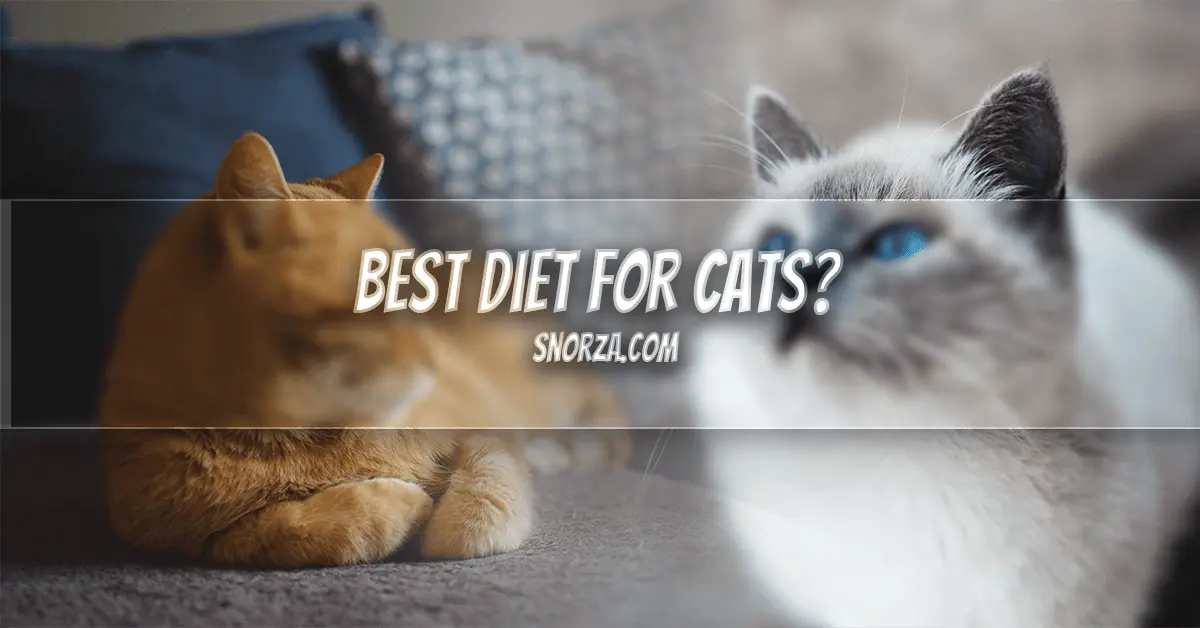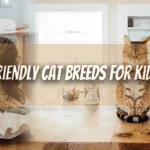Feeding your cat the right diet is essential for their health, but with so many options available, it can be confusing. This guide breaks down the basics of feline nutrition, compares common diet types, and helps you choose the best food for your cat’s age, health, and lifestyle.
Table of Contents
Understanding Your Cat’s Nutritional Needs
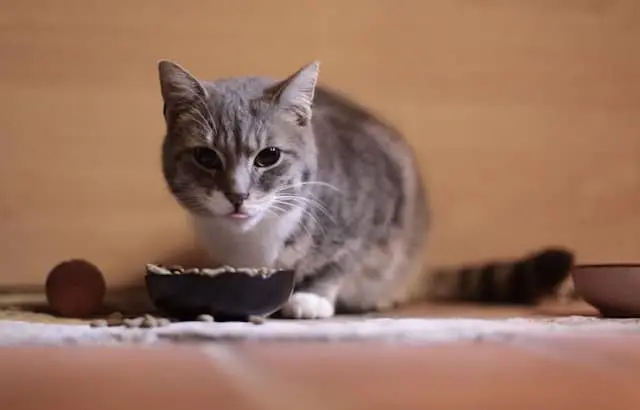
To keep your cat healthy and thriving, it’s essential to understand what their bodies truly need. Cats aren’t just small dogs they have unique dietary requirements rooted in their evolution as obligate carnivores.
Why Cats Are Obligate Carnivores
Cats are obligate carnivores, meaning they rely on nutrients found only in animal tissue to survive. Unlike humans or dogs, they can’t thrive on plant based diets. Their bodies are designed to digest and absorb nutrients like taurine, arachidonic acid, and vitamin A all of which come primarily from meat sources.
Key Nutrients Every Cat Needs
A balanced cat diet must include:
- High quality animal protein – Supports muscles and overall health
- Essential fatty acids – Keeps skin and coat healthy
- Taurine – A critical amino acid for heart and eye function
- Vitamins & minerals – Including vitamin A, D, calcium, and phosphorus
- Moisture – Cats have a low thirst drive, so hydration from food (especially wet food) is crucial
Avoiding unnecessary fillers and excessive carbohydrates is important, as cats don’t process carbs efficiently.
Life Stage Considerations (Kittens, Adults, Seniors)
Your cat’s nutritional needs change as they grow:
- Kittens need calorie dense food rich in protein and fat to support growth.
- Adult cats require a balanced maintenance diet to keep them at a healthy weight.
- Senior cats may benefit from diets lower in calories but higher in digestible protein and joint supporting nutrients.
Always choose age appropriate food to meet your cat’s specific needs.
Popular Types of Cat Diets Explained
When choosing the best diet for your cat, understanding the pros and cons of each type of food is essential. Each option offers different benefits depending on your cat’s lifestyle, age, and health.
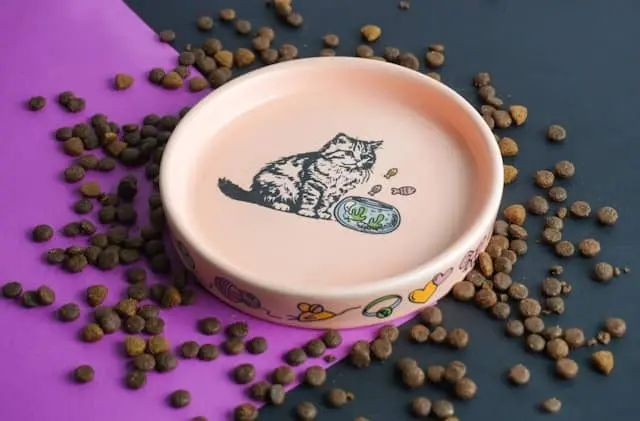
Commercial Dry Food (Kibble)
| Pros | Cons |
|---|---|
| Convenient and easy to store | Low moisture content (can lead to dehydration) |
| Typically more affordable | Often higher in carbohydrates |
| Good for dental health (light chewing action) | Less palatable for picky eaters |
Best for: Healthy adult cats with no specific dietary concerns, as long as they get enough water.
Wet/Canned Cat Food
| Pros | Cons |
|---|---|
| High in moisture – great for hydration | Shorter shelf life once opened |
| Usually higher in animal protein | Can be more expensive than dry food |
| Easier to digest for many cats | May require more frequent feeding due to smaller portion sizes |
Best for: Cats prone to urinary issues or dehydration, and those who prefer moist textures.
Raw Food Diets (Pros & Cons)
| Pros | Cons |
|---|---|
| Mimics a cat’s natural, ancestral diet | Risk of bacteria (like Salmonella or E. coli) |
| High in protein, low in carbohydrates | Requires precise nutrient balancing to avoid deficiencies |
| Often improves coat quality and energy levels | More time-consuming and difficult to prepare safely at home |
Best for: Owners who are well informed and can prepare raw diets safely or purchase commercial raw options that meet AAFCO standards.
Homemade Cat Food Is It Safe?
| Pros | Cons |
|---|---|
| Full control over ingredients | Time-intensive and requires veterinary oversight |
| Can be tailored to food allergies or sensitivities | Risk of missing essential nutrients |
| Must include supplements and be properly balanced |
Best for: Cats with specific dietary restrictions under the guidance of a vet or veterinary nutritionist.
By understanding these diet types, you can make an informed choice that matches your cat’s needs and your lifestyle.
How to Choose the Best Diet for Your Cat
With so many cat food options available, finding the best diet can feel overwhelming. Here’s how to make the right choice for your cat’s health and lifestyle.
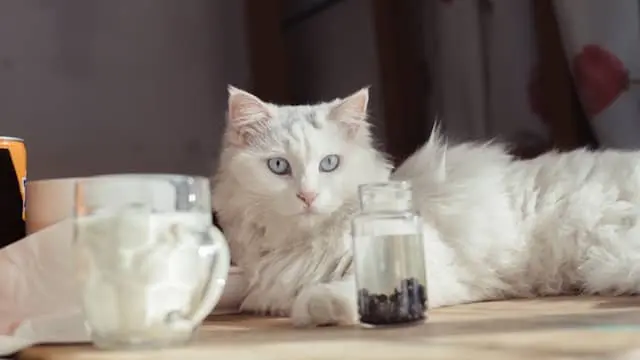
Reading Cat Food Labels
Start by checking the ingredient list and guaranteed analysis on the label. Look for:
- High quality animal protein listed as the first ingredient (like chicken, beef, or salmon)
- Minimal fillers like corn, wheat, or soy
- No artificial colors, preservatives, or flavorings
Also, pay attention to the crude protein, fat, and moisture content key indicators of nutritional value.
Understanding AAFCO Standards
Look for a statement that says the food meets AAFCO (Association of American Feed Control Officials) guidelines. This ensures the food is complete and balanced for your cat’s life stage (kitten, adult, or senior).
Tip: “For intermittent or supplemental feeding only” means it’s not nutritionally complete and shouldn’t be your cat’s main diet.
Consulting with Your Veterinarian
Every cat is different. A veterinarian can:
- Recommend food based on health conditions (e.g., kidney disease, allergies)
- Guide portion sizes and feeding frequency
- Help you transition diets safely if switching
They may also suggest prescription diets for specific needs.
Quick Checklist to Choose the Best Cat Food:
Complete & balanced (AAFCO approved)
High quality animal protein as the first ingredient
No unnecessary fillers or artificial additives
Matches your cat’s age and health needs
Supports hydration, especially if your cat doesn’t drink much water
Choosing the best cat diet comes down to quality, life stage, and your cat’s unique needs. Don’t be swayed by fancy marketing always read the label and consult your vet when in doubt.
Common Feeding Mistakes to Avoid
Even with the best intentions, many cat owners make feeding mistakes that can negatively affect their cat’s health over time. Being aware of these pitfalls can help you create a more balanced and healthy feeding routine for your feline companion.
Would you like to know about Can Cats Eat Cold Wet Food?
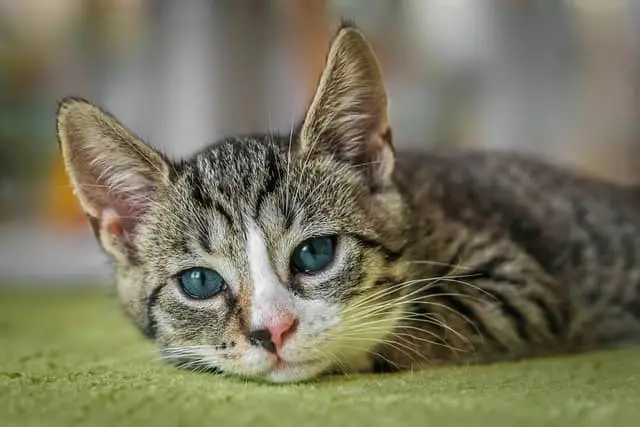
1. Overfeeding or Free Feeding Without Monitoring
Leaving a full bowl of food out all day may seem convenient, but it often leads to overeating especially with dry kibble. This is one of the main causes of obesity in indoor cats. Overweight cats are at higher risk for diabetes, joint problems, and heart disease.
Tip: Follow the feeding guidelines on your cat food packaging and adjust based on your cat’s weight, age, and activity level. Scheduled feedings are usually better than free feeding.
2. Relying Too Heavily on Treats
It’s easy to spoil your cat with treats, but they should make up no more than 10% of your cat’s daily calorie intake. Many treats are high in fat, sodium, and artificial additives that can contribute to weight gain and poor nutrition.
Tip: Use healthy treats in moderation and consider using small amounts of your cat’s regular food as rewards during training.
3. Feeding Inappropriate Human Foods or Table Scraps
Some human foods can be toxic to cats, including onions, garlic, chocolate, alcohol, and even dairy in some cases. Feeding table scraps also encourages bad habits like begging and may lead to nutritional imbalances.
Tip: Stick to vet-approved cat food and avoid giving your cat leftovers, no matter how cute their begging face is.
4. Not Providing Enough Water
Cats often don’t drink enough water, especially if they’re on a dry food only diet. Dehydration can lead to urinary tract problems and kidney issues.
Tip: Provide fresh water daily and consider a cat water fountain to encourage drinking. Feeding wet food can also help increase hydration.
5. Switching Foods Too Quickly
Changing your cat’s food abruptly can lead to digestive upset, including vomiting or diarrhea.
Tip: Transition to new food slowly over 7 10 days by gradually mixing increasing amounts of the new food with the old.
6. Ignoring Life Stage and Health Needs
Kittens, adult cats, and senior cats all have different nutritional requirements. Feeding the wrong formula can lead to over- or under nourishment.
Tip: Always choose a food that matches your cat’s age, weight, and health status. Cats with specific medical conditions may require prescription diets.
Tailoring the Diet to Your Cat’s Health Conditions
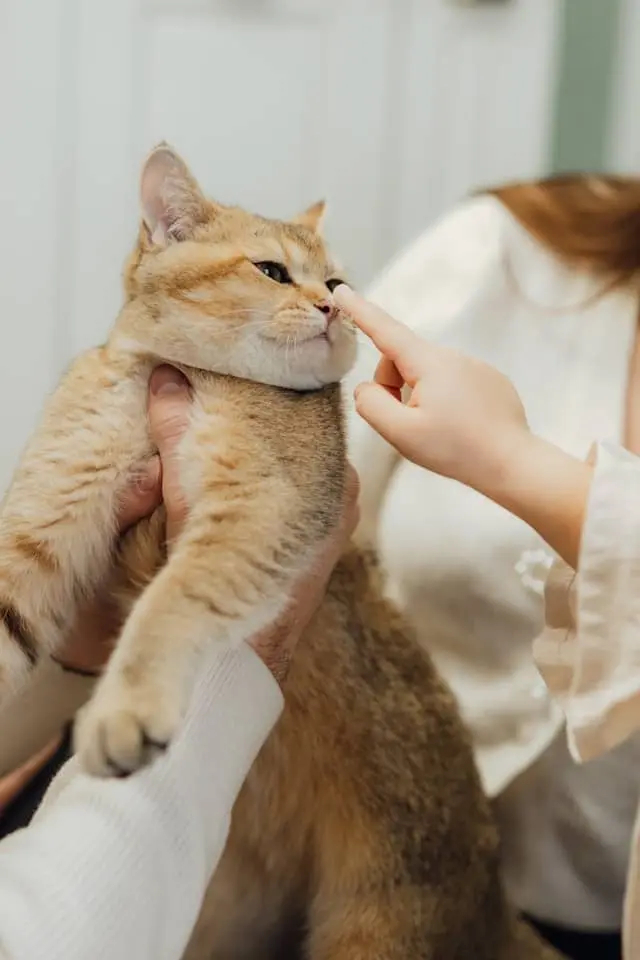
Just like people, cats can suffer from a variety of health conditions that require special dietary attention. Feeding your cat a diet tailored to their unique medical needs can significantly improve their quality of life and in many cases, help manage or even prevent further complications.
Below are some of the most common health conditions in cats that may require dietary changes:
1. Obesity and Weight Management
Obesity is one of the most common health issues in domestic cats, often caused by overfeeding or lack of exercise. Overweight cats are at higher risk for diabetes, arthritis, and liver disease.
i. Choose a weight management formula that is high in protein and fiber but lower in calories. Avoid free feeding and use portion control. Schedule regular play sessions to boost activity.
2. Diabetes Mellitus
Diabetic cats require careful control of both carbohydrates and caloric intake. A diet too high in carbs can spike blood sugar and worsen symptoms.
i. Feed a low carbohydrate, high protein diet. Many diabetic cats do well on certain prescription or specially formulated commercial wet foods. Always consult your vet for insulin and feeding schedules.
3. Kidney Disease (Chronic Kidney Disease CKD)
Chronic kidney disease is common in older cats and requires a diet that reduces strain on the kidneys.
i. Opt for a low phosphorus, moderate protein, high moisture diet. Wet food is preferred due to its hydration benefits. Prescription kidney diets are often recommended by vets.
4. Food Allergies or Intolerances
Cats can develop allergies to ingredients like beef, dairy, chicken, or grains, which may lead to symptoms such as itching, vomiting, or diarrhea.
i. Try a limited ingredient or hypoallergenic diet, often featuring novel proteins (like duck or venison) and grain free recipes. An elimination diet supervised by your vet may be necessary to identify triggers.
5. Urinary Tract Issues (FLUTD)
Feline Lower Urinary Tract Disease (FLUTD) and bladder stones can be aggravated by poor hydration or excess minerals like magnesium.
i. Increase water intake with wet food or a prescription urinary diet that balances pH and reduces crystal formation. Encourage frequent urination with hydration and litter box cleanliness.
6. Dental Disease
Tartar buildup and gum disease are common, especially in older cats, and can lead to tooth loss or infections.
i. Some dry foods are formulated to reduce plaque. Dental treats and regular vet cleanings also help. However, don’t rely solely on food combine with vet-recommended oral care.
7. Senior Cats (Aging Related Needs)
As cats age, their metabolism slows, and they may develop health issues that impact digestion, mobility, or appetite.
i. Choose senior-specific diets that include joint support (glucosamine), easy to digest proteins, and omega 3s. Some seniors may need softer textures or appetite stimulants.
Tip-Always consult your veterinarian before changing your cat’s diet especially if they have a medical condition. Vets can help you select the right prescription food or design a customized nutrition plan based on your cat’s health, age, and lifestyle.
Suggested Intro Paragraph Idea:
Are you wondering what to feed your cat to keep them healthy and happy? Whether you’re a new cat owner or just want to improve your feline friend’s nutrition, understanding what makes a balanced diet is essential. In this beginner friendly guide, we’ll walk you through the best diet for cats, break down their unique nutritional needs, and help you make informed decisions about what ends up in your cat’s bowl.
Conclusion / Wrapping Up:
Choosing the best diet for your cat doesn’t have to be complicated. By understanding your cat’s nutritional needs, reading labels carefully, and staying aware of common pitfalls, you’ll be well on your way to supporting their health and longevity. Always remember your vet is your best resource when in doubt. A balanced, species-appropriate diet is the foundation of a happy, healthy cat.
FAQs About
What is the healthiest diet for a cat?
A healthy cat diet is high in animal protein, low in carbs, and rich in moisture. The best options are wet (canned) or raw/commercially balanced fresh food. Avoid vegan, dry only, or unbalanced homemade diets.
What food should cats eat daily?
Cats should eat high protein, moisture-rich food daily ideally:
Wet (canned) food or
Raw/commercially prepared fresh food (vet approved)
Look for food labeled “complete and balanced” for their life stage. Always ensure fresh water is available.
What is a good homemade diet for cats?
A good homemade cat diet is mostly meat with some organs, added calcium, and essential supplements like taurine and vitamins. It must follow a vet approved recipe to be balanced and safe.
How many times should a cat eat a day?
Cats should eat 2-3 times a day. Kittens may need 3-4 meals, while healthy adult cats do well with 2 meals spaced 8-12 hours apart.


